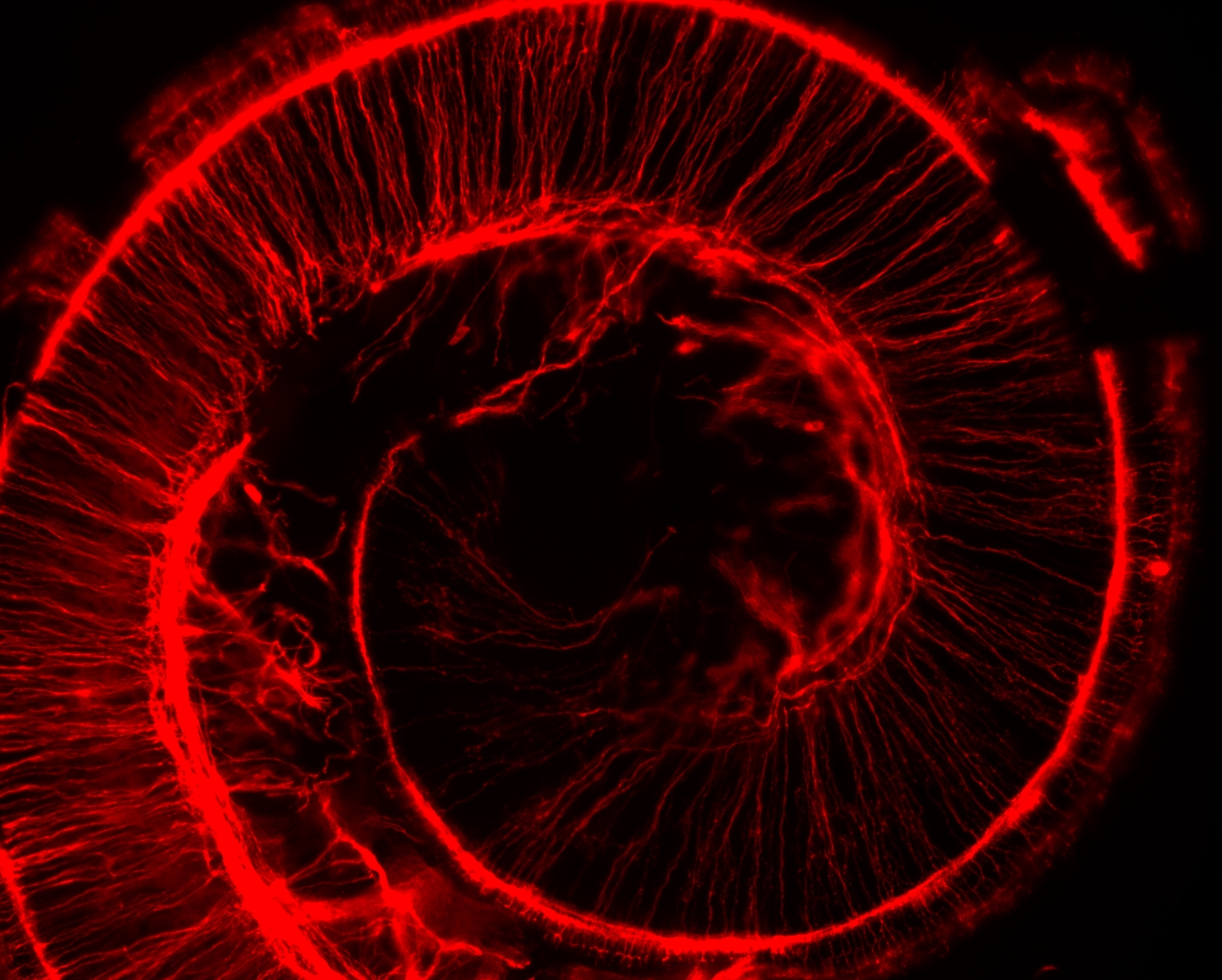Postdoctoral Research
I currently work as a Postdoctoral Research Fellow in the lab of Jeffrey Holt and Gwenaelle Geleoc at Boston Children’s Hospital Department of Otolaryngology/Harvard Medical School Department of Neurology. The main focus of my research efforts are utilizing gene therapy to restore loss of function in mouse models of congenital sensory loss. Mutations in several different genes (Tmc1, Ush1c, Cib2, Tmie) in mouse models recapitulates human phenotypes. Specifically, the loss of hearing, balance, and in the case of Usher Syndrome vision as well. We utilize adeno associated viruses (AAVs), lipid nanoparticles, and antisense oligonucleotides as a means for addressing underlying genetic causes of sensory loss.
Additionally, many genes that involve loss of function are key components of the mechanoelectrical transduction channel (MET) complex found in hair cells of the inner ear. I am interested in the contribution of these components to the function of organs of the inner ear during development of behaviors. Unlike classic voltage-gated ion channels, the assembly of the MET complex requires several protein components to confer normal mechanosensitivity (TMC1, TMIE, CIB2, and LHFLP5 among others). The expression of these proteins may confer unique characteristics to hair cell subtypes during their development, which may have implicaitons for their function and response to gene therapy.



